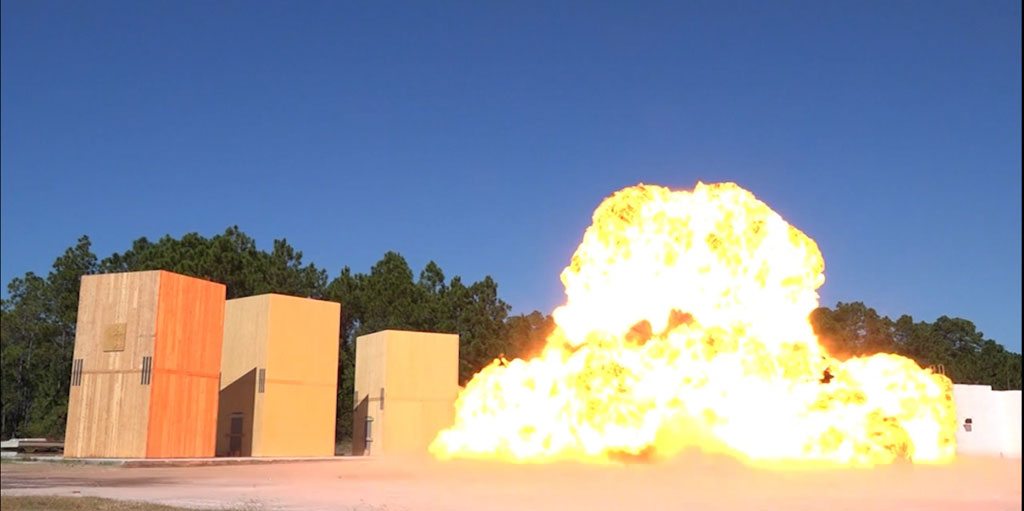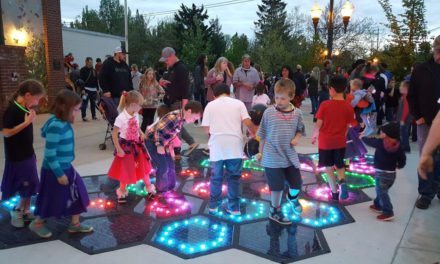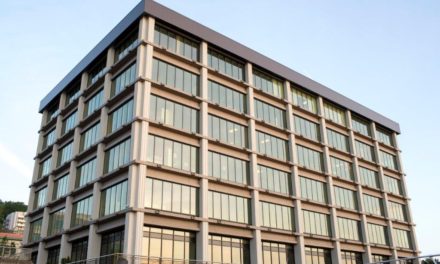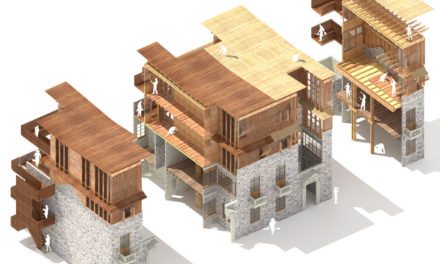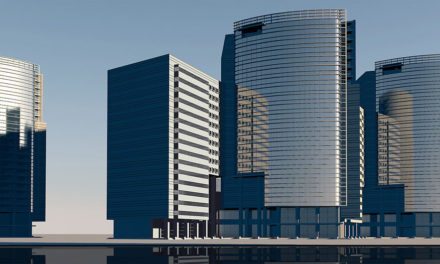WASHINGTON —(BUSINESS WIRE) — Videos are now available showing a series of live blast tests on three cross-laminated timber (CLT) structures at Tyndall Air Force Base, conducted by WoodWorks in cooperation with the US Forest Service and Softwood Lumber Board. Post-test observations were exciting. All structures remained intact and matched modeling predictions with acceptable levels of damage under significant explosive loading. The results of this testing will be used to further expand the use of wood solutions for Department of Defense applications and other blast-resistant construction. Watch the videos here: http://bit.ly/2hwVE1g
Details of the Test
The CLT structures—each two-story, single-bay structure with anchorage to an existing concrete slab—were constructed in full by Lendlease over a period of eight days. Each structure was constructed using a different grade of CLT (i.e., grade designations V1, E1 and V4 per ANSI/APA PRG-320 provided by DR Johnson, Nordic and SmartLam, respectively) and included window and door openings (with doors provided by American Direct) consistent with an actual building. Self-drilling screws provided by MyTiCon and adhesive anchors provided by Hilti were utilized in concert with angle steel to connect the constituent panels of each structure.
Three shots were performed to demonstrate the effectiveness of CLT over a spectrum of blast loads. The first two shots were designed to stress the CLT structures to within their respective elastic limits. The third shot was designed to push the structures beyond their elastic limits such that post-peak response could be observed. Reflected pressure and peak deflections were recorded and will be used to thoroughly document the response of the structure in time, and support a design methodology for predicting elastic response of CLT under dynamic loads.
Initial observations deriving from these tests are positive. For the first two tests, peak recorded deflections were consistent with pre-test predictions, indicating the efficacy of the design assumptions and supporting design methodologies. Results from the third test indicated a controlled response in which localized panel rupture was observed but connection integrity and load carrying ability were not compromised for any of the three structures. Over the next couple months, WoodWorks will be working with Karagozian & Case, Inc. and the University of Maine to thoroughly post-process and analyze the results of these tests.
WoodWorks will publish the complete results in 2017. Follow WoodWorks on Twitter (@WoodWorksUS) and LinkedIn (https://www.linkedin.com/company/woodworks) for details.
About WoodWorks
WoodWorks-Wood Products Council (www.woodworks.org) provides free project assistance as well as education and resources related to the code-compliant design, engineering and construction of non-residential and multi-family wood buildings. WoodWorks technical experts offer support from design through construction on a wide range of building types, including mid-rise/multi-family, educational, commercial, retail, office, institutional, and public.

